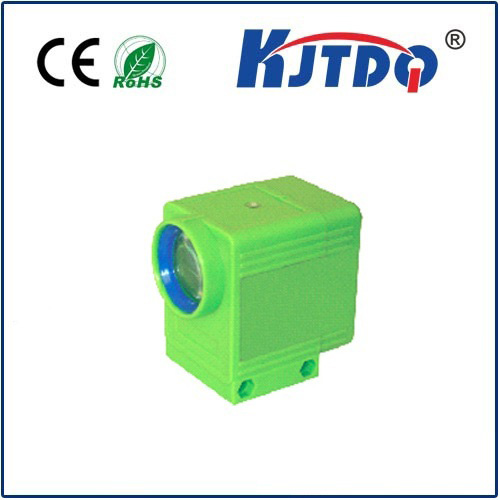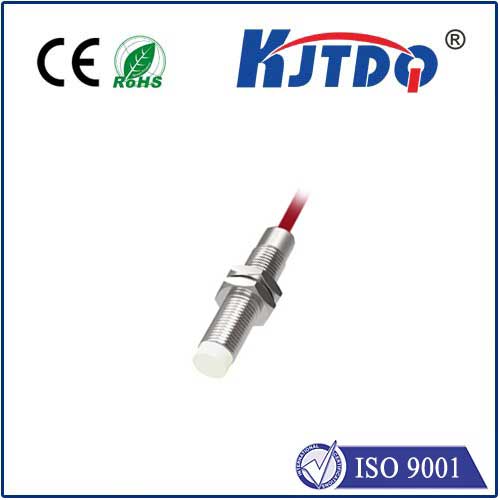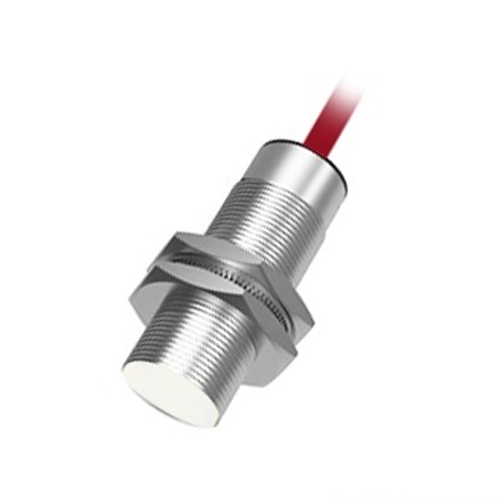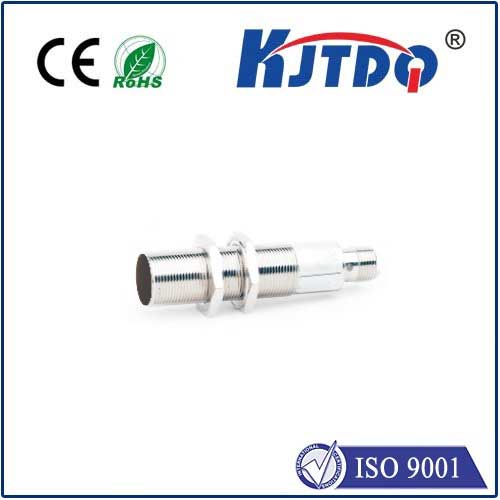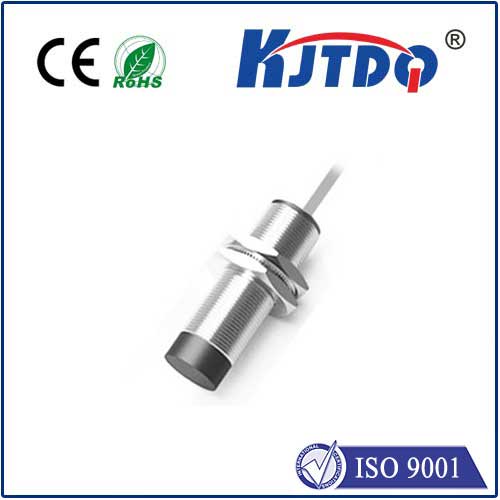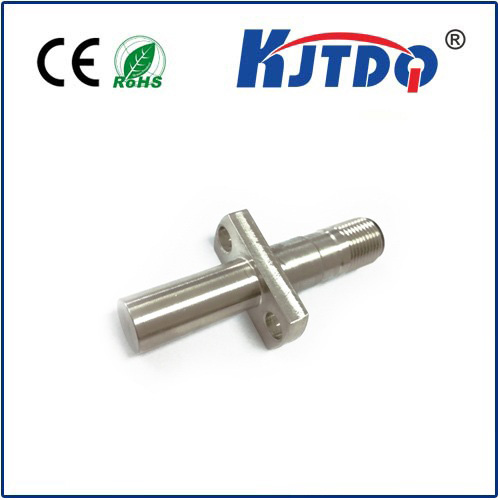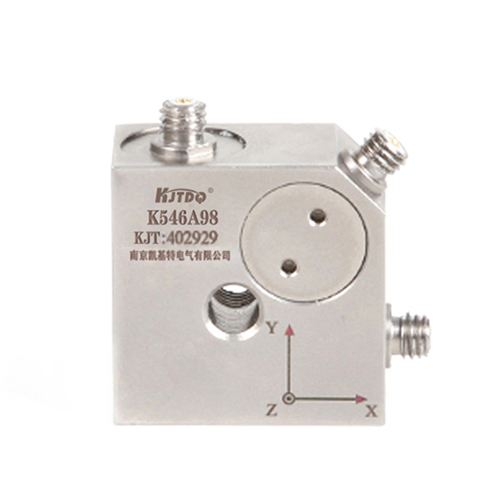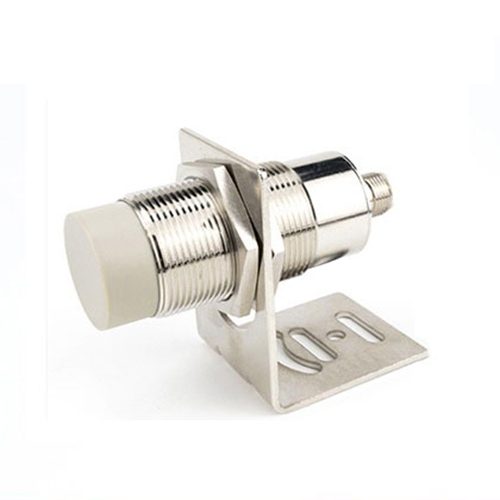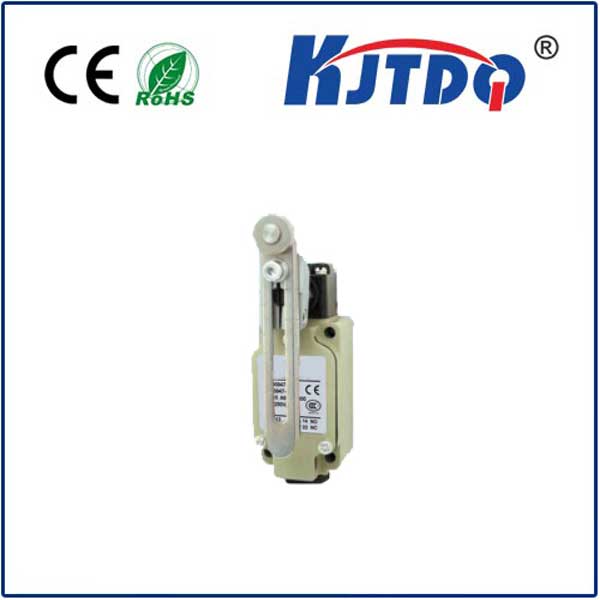ограничительный выключатель пневматической занавески
- time:2025-08-02 00:10:12
- Нажмите:0
The Unsung Safety Hero: Understanding Your Air Curtain’s Limit Switch
We barely notice them humming overhead as we walk through doorways, yet air curtains are vital workhorses in countless commercial and industrial settings. These invisible barriers of air help maintain indoor temperatures, keep out dust and insects, and significantly reduce energy costs. But behind the scenes, ensuring this efficient operation runs safely, year after year, is a small but absolutely critical component: the ограничительный выключатель пневматической занавески. Neglecting its function is a gamble few businesses can afford.
Beyond Simple On/Off: The Guardian of the Heater
At its core, an air curtain limit switch (often termed a high-limit switch, thermal cut-out, or safety thermostat) is not your standard on/off control. While the primary thermostat regulates the heater to achieve the desired outlet air temperature, the limit switch acts as a vital independent safety net. Its sole mission is to prevent excessively dangerous temperatures within the air curtain housing, specifically around the heating elements.
Why is this Over-Temperature Protection Non-Negotiable?
The consequences of uncontrolled heating element temperatures are severe and far-reaching:

- Fire Hazard Prevention: This is paramount. Dust accumulation inside the housing, restricted airflow due to blockages (like debris or frozen coils in winter), fan motor failure, or a failing primary thermostat can cause heating elements to overheat dramatically. A properly functioning high limit switch is the last line of defense, cutting power to the heater before temperatures reach ignition points for accumulated lint, grease, or other combustibles. It’s a fundamental safety device.
- Catastrophic Equipment Protection: Sustained excessive heat doesn’t just pose a fire risk; it wreaks havoc on the air curtain itself. It can irreparably damage heating elements, melt wiring insulation, warp or crack internal components and the housing, and destroy sensitive electronic controls. Replacing an entire air curtain unit is vastly more expensive than ensuring its safety switch operates correctly.
- Maintaining System Efficiency: Heat damage degrades components, leading to inefficient operation, higher energy consumption, and ultimately, premature system failure. A functional limit control switch helps preserve the unit’s integrity and optimal performance.
- Compliance and Insurance: Many building codes, safety regulations, and insurance policies explicitly require functional over-temperature safety devices like limit switches on installed heating equipment. Failure to maintain them can lead to violations, voided warranties, and potentially denied insurance claims in the event of an incident.
How Does This Silent Sentinel Work?
The principle is elegantly simple but relies on precise engineering:
- Sensing the Heat: The switch contains a temperature-sensitive component, typically a bimetallic strip or a sensor probe embedded within a thermal well. This component is strategically positioned near the heater bank where temperatures are most critical.
- The Critical Threshold: This sensor is calibrated to activate at a specific, predetermined temperature – significantly higher than the air curtain’s normal operating range but well below dangerous levels. This trip point is crucial.
- The Snap Action: When the sensed temperature reaches or exceeds this preset limit, the thermal actuator inside the switch triggers a rapid, positive-action mechanism. This physically opens (breaks) the electrical circuit supplying power to the heater elements only.
- The Reset (Manual or Automatic):
- Manual Reset: Most critical safety limit switches require a manual reset. After the unit cools sufficiently and the underlying cause of the over-temperature (like a blocked intake) is identified and fixed, the switch must be physically reset, often by pressing a small button. This prevents the heater from automatically restarting into an unsafe condition and forces inspection. This manual reset feature is a key indicator of its critical safety role.
- Automatic Reset: Some less critical temperature controls might auto-reset, but for genuine high-limit protection near heating elements, manual reset is strongly preferred and often the standard for safety.
When the Guardian Fails: Recognizing the Risks
A malfunctioning or defeated limit switch is a significant liability:
- No Safety Net: The primary thermostat malfunctioning or blocked airflow no longer triggers an automatic heater shutdown. The risk of fire or severe damage skyrockets.
- False Tripping: A faulty switch tripping prematurely shuts down the heater unnecessarily, causing comfort issues and leading users to bypass it – a dangerous “solution.”
- Failure to Reset: If a correctly tripped manual switch won’t reset after cooling and problem resolution, it usually indicates the switch itself has failed and needs replacement.
Integrating Intelligence: Smart Trends in Limit Protection
Modern air curtains are increasingly incorporating smarter diagnostics:
- Lockout Codes: Advanced controls can log a high-limit trip event, displaying a specific error code. This aids technicians in diagnosing the root cause (Was it a blocked filter? Fan failure?) rather than just the symptom.
- Diagnostic Alerts: Some systems can send alerts or integrate with building management systems when a safety trip occurs, enabling faster response.
- Повышение точности: Improved sensor technology offers more accurate temperature monitoring and faster response times.
Maintaining Your Safety Lifeline
The air curtain limit switch is designed for reliability, but it’s not infallible. Proactive maintenance is essential:
- Regular Cleaning: Ensure intake and exhaust grilles are free of dust, lint, grease, or debris. Blocked airflow is the most common cause of limit switch tripping.
- Fan & Motor Checks: Verify fans are operating correctly at all speeds. A failed fan is a major over-temperature trigger.
- Filter Maintenance (if applicable): Replace or clean filters as per the manufacturer’s schedule.
- Professional Inspections: Include a functional test of the limit switch during routine HVAC system servicing. Technicians can verify its calibration and operation. Never attempt to bypass or disable a limit switch.
- Prompt Response: If your unit experiences a heater shutdown and requires a manual reset, always investigate the cause thoroughly before resetting. Don’t just reset and ignore it.
Understanding the critical function of the air curtain limit switch transforms it from an obscure component into what it truly is: the indispensable guardian of safety, equipment longevity, and operational continuity. It ensures that the unseen barrier protecting your environment functions reliably and, above all, safely, day in and day out.

